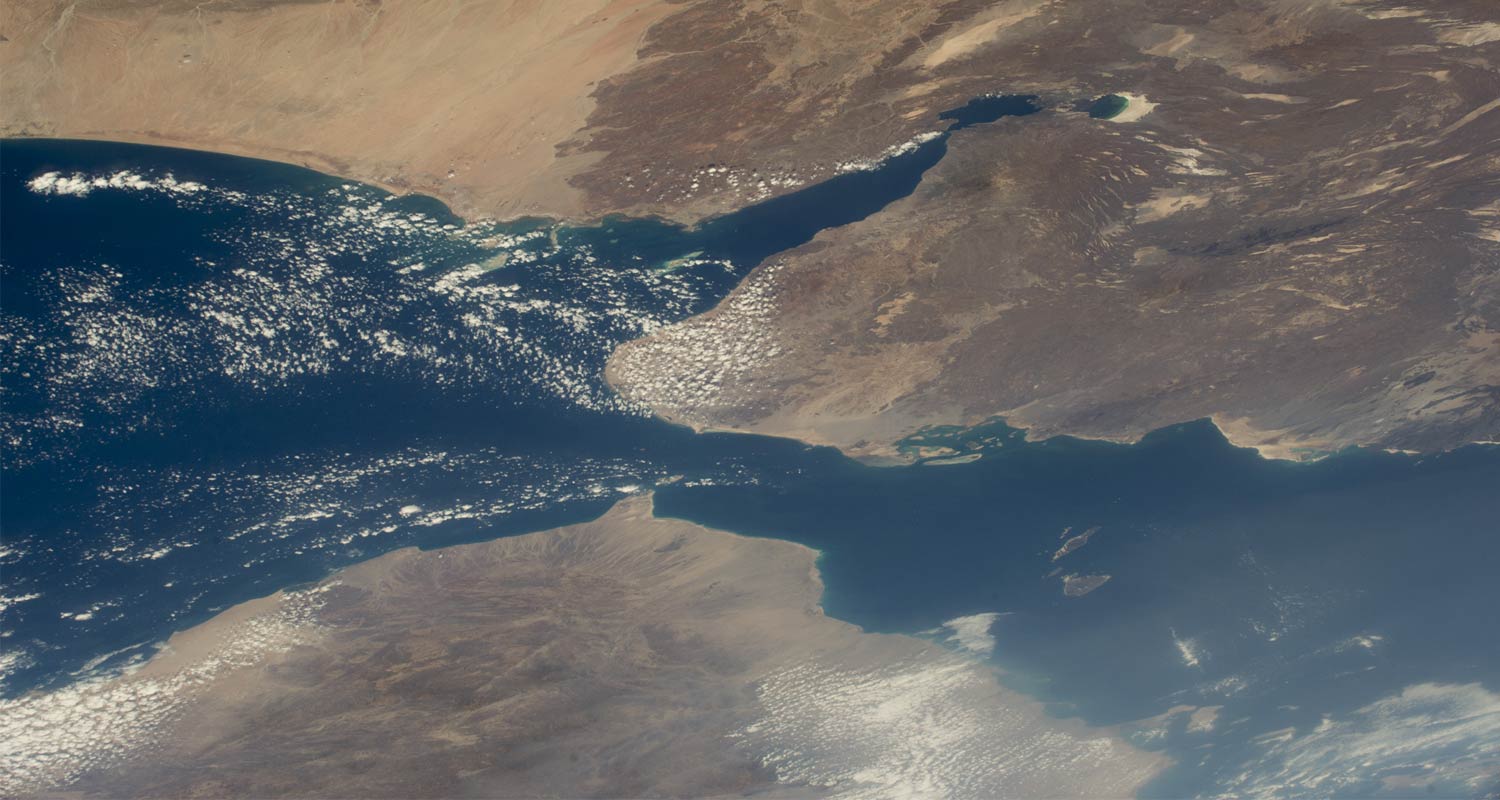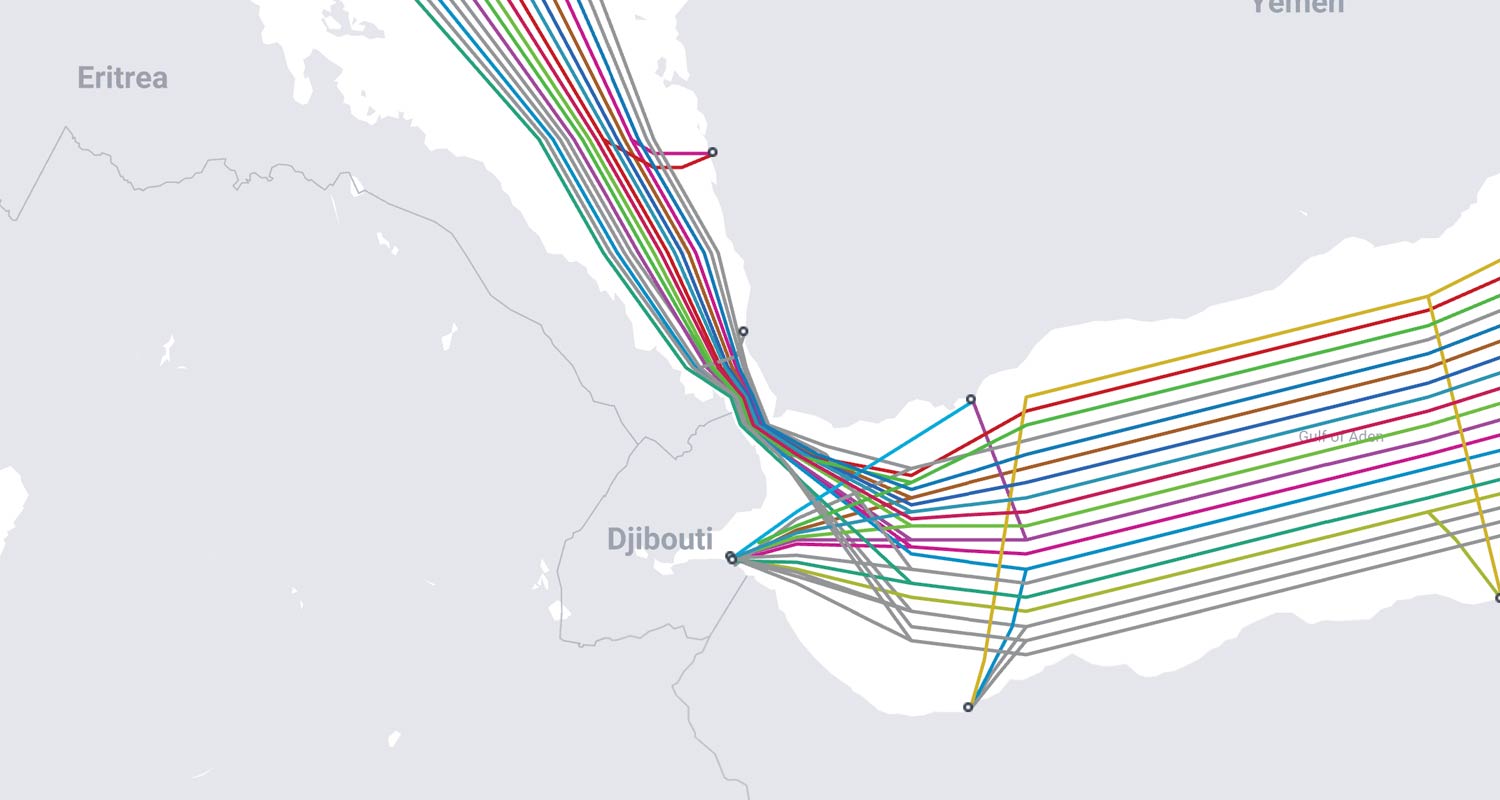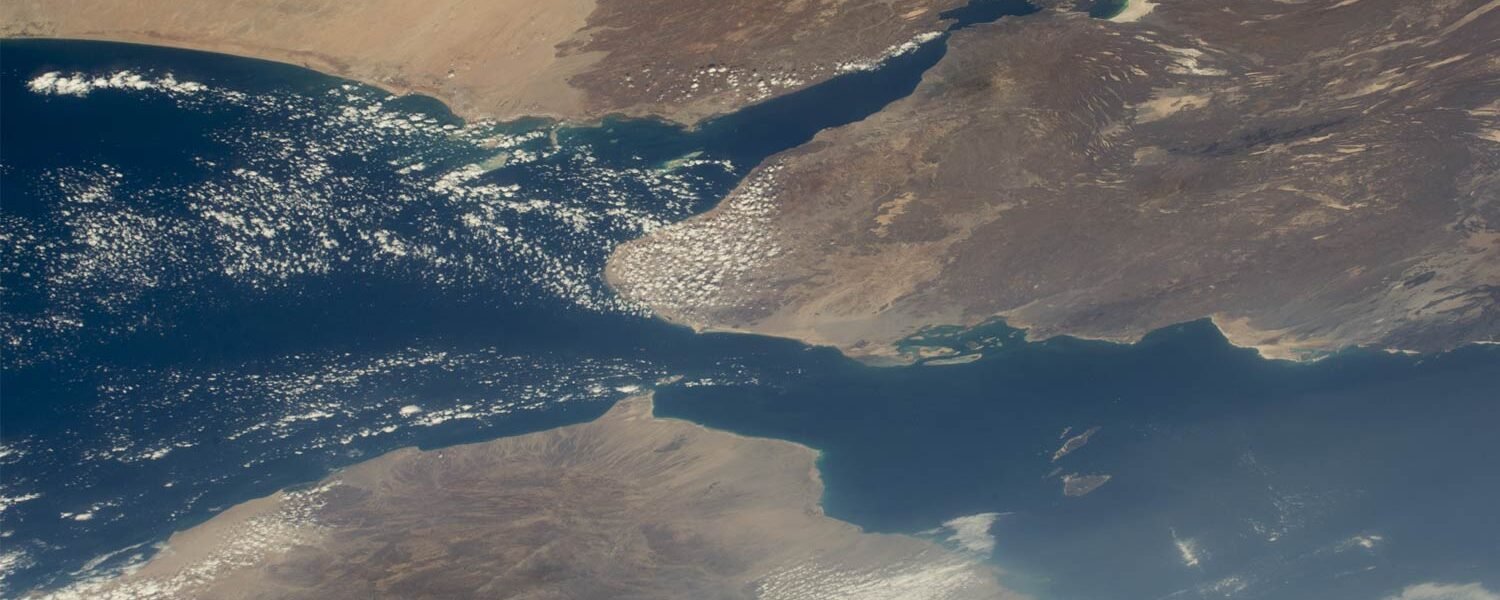
Seacom said on Monday that it is experiencing a disruption affecting its cable system in the Red Sea, the site of current heightened geopolitical tensions.
News of the disruption comes just weeks after warnings that Iranian-backed Houthi rebels in Yemen, who have been disrupting commercial shipping traffic in the region, might seek to sabotage Western internet cables in the Red Sea.
Seacom said in a statement that the portion of its East African cable system that transits the Red Sea went down on Saturday, affecting traffic flow between Africa and Europe.
“The disruption is only on the segment of the cable that runs from Mombasa (Kenya) to Zafarana (Egypt). Initial assessments suggest that the disruption to the subsea cable occurred within the vicinity of the Red Sea, and other cables in the area appear to have also been impacted,” it said.
It did not say which other cables were impacted, and there don’t yet appear to be any news reports of other cable outages in the Red Sea.
“At this time, Seacom is unable to confirm the cause of the disruption but is working with its cable repair partner to assess the feasibility of the repair in the region. The location of the cable break is significant due to its geopolitical sensitivity and ongoing tensions, making it a challenging environment for maintenance and repair operations.”
Little impact
The outage appears to have had little impact on international internet traffic to South Africa, probably because new cable systems, including Google’s newly launched Equiano system, now provide a secondary, high-capacity route to Europe along Africa’s west coast.
Earlier this month, TechCentral reported that the threat by Houthi rebels in Yemen to destroy internet infrastructure in the Red Sea, if carried out, might not be enough to destabilise the internet in Africa.
The Guardian and other news outlets reported at the time that telecommunications firms linked to the Yemeni government feared that Houthi rebels off the coast were threatening to destroy undersea cable infrastructure connecting parts of the Middle East, Africa and much of Asia to the Western world.
Read: Fears of Red Sea attack on internet cables
Apart from being one of the world’s busiest shipping corridors, the Red Sea is also host to some of the world’s biggest intercontinental subsea cables, including several that run along Africa’s east coast, TechCentral has reported.
The news reports about a potential attack on the subsea cables come after a Houthi-linked Telegram channel published a map of the cables running through the Red Sea along with what has been interpreted as a veiled threat.

Seacom said it “continues to carry traffic on its own cable between Kenya, Tanzania, Mozambique and South Africa for both transmission and IP (internet protocol) services”.
“All other IP-based services destined for Europe and other regions were automatically rerouted via Seacom’s alternative routes on the Equiano, Peace and Wacs cable systems and supported by its diverse terrestrial infrastructure, ensuring its clients remain operational with some latency in their internet communications,” the company said.
Seacom warned its customers earlier this month that any disruptions to the cable system in the Red Sea could be impacted by delays in repair operations due to the instability of the area. “The team is currently working towards restoration timelines and will communicate these plans with our clients,” it said in its statement on Monday. – © 2024 NewsCentral Media



